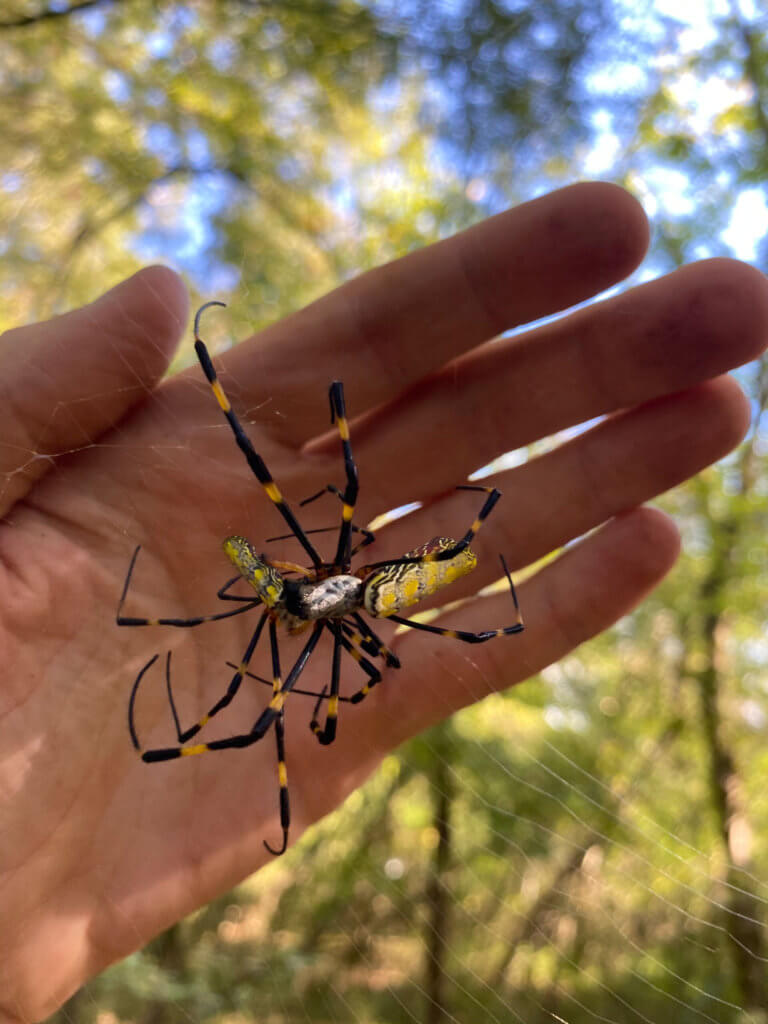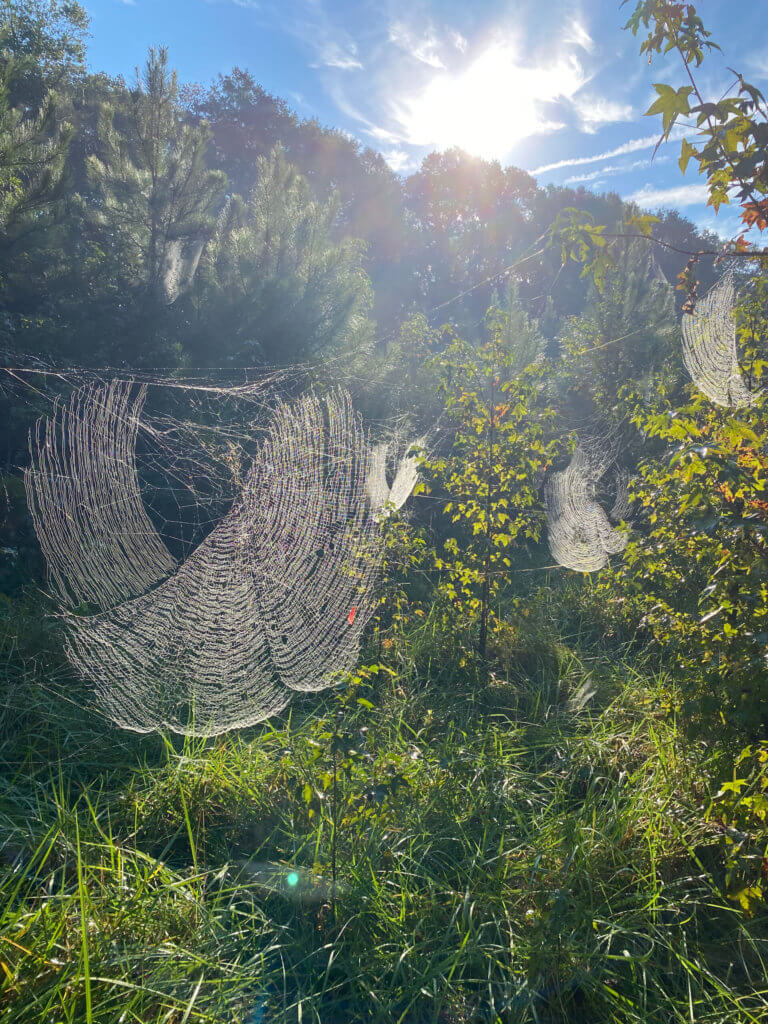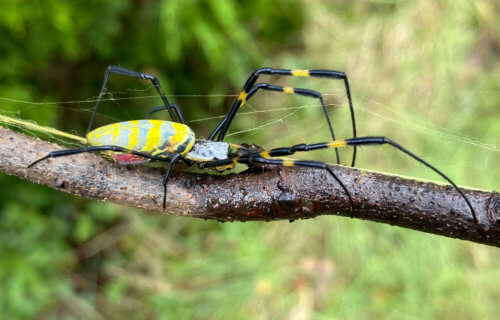ATHENS, Ga. — Characterized by golden webs and vibrant brightly colored markings, the Joro spider is unmistakable. While the Joro only arrived stateside less than 10 years ago (2013), this variety of spider has already spread all over the state of Georgia and greater Southeast. Now, new research from the University of Georgia reports these spiders are poised to populate the entire east coast of the United States.
While many can’t help but be unsettled by the sight of a spider, study authors actually state the spread of the Joro isn’t necessarily all bad. As far as us humans can tell, Joros don’t have all that much of an effect on local ecosystems and food chains.
Killing Joro spiders ‘just unnecessary’
“People should try to learn to live with them,” says corresponding study author Andy Davis, a research scientist in the Odum School of Ecology, in a press release. “If they’re literally in your way, I can see taking a web down and moving them to the side, but they’re just going to be back next year.”
“The way I see it, there’s no point in excess cruelty where it’s not needed,” adds study co-author Benjamin Frick, an undergraduate researcher in the School of Ecology. “You have people with saltwater guns shooting them out of the trees and things like that, and that’s really just unnecessary.”

Researchers compared the Joro spider to its closely-related arachnid cousin, the golden silk spider. First arriving in the U.S. southeast from the tropics roughly 160 years ago, the golden silk spider has remained contained to the SE region due to its vulnerability to cold.
Up until now, scientists were unsure if Joros were similarly ill suited to endure cold weather. In pursuit of some answers the research team analyzed data provided by iNaturalist to track sightings of the spiders across Georgia over the past year. iNaturalist is a joint project between the California Academy of Sciences and National Geographic Society aimed at creating an accurate database of the locations where various wildlife species live. Additional tests were also conducted to gauge the Joro’s cold tolerance. More specifically, researchers tracked Joros’ metabolic, heart, and survival rates during a short exposure period to cold weather.
All in all, the analysis found that Joro spiders are actually quite different than golden silk arachnids. The Joro can survive in colder weather. These spiders have about double the metabolism as their relatives, a 77 percent higher heart rate, and are capable of surviving a brief freeze that would certainly kill most of their cousins. So, the Joro appears more than able to spread beyond the Southeast United States.
Moreover, the Joro is widespread within its native country of Japan, which just so happens to have a climate quite similar to the U.S., and about the same latitude. “Just by looking at that, it looks like the Joros could probably survive throughout most of the Eastern Seaboard here, which is pretty sobering,” Davis explains.

Joros are also known to engage in “ballooning,” which means using their silks to carry them across the wind to new locations. Ballooning is a big reason why Joros are all over Georgia right now. When new hatchlings emerge each spring, they balloon along to new locations. That being said, humans play a part as well.
“The potential for these spiders to be spread through people’s movements is very high,” Frick adds. “Anecdotally, right before we published this study, we got a report from a grad student at UGA who had accidentally transported one of these to Oklahoma.”
Joro’s path to America
How did the Joro end up in the United States in the first place? Study authors agree the spiders likely immigrated via shipping containers. Similarly, Joros are just as likely to reach new frontiers elsewhere on the planet by stowing away in another shipping container or piece of luggage.
Ultimately, though, study authors reiterate that the Joro spider is a nuisance, not a legitimate threat to humans or pets. A Joro spider will only bite if absolutely cornered, and their fangs usually fail to break human skin.
“There’s really no reason to go around actively squishing them,” Frick concludes. “Humans are at the root of their invasion. Don’t blame the Joro spider.”
The study is published in Physiological Entomology.
